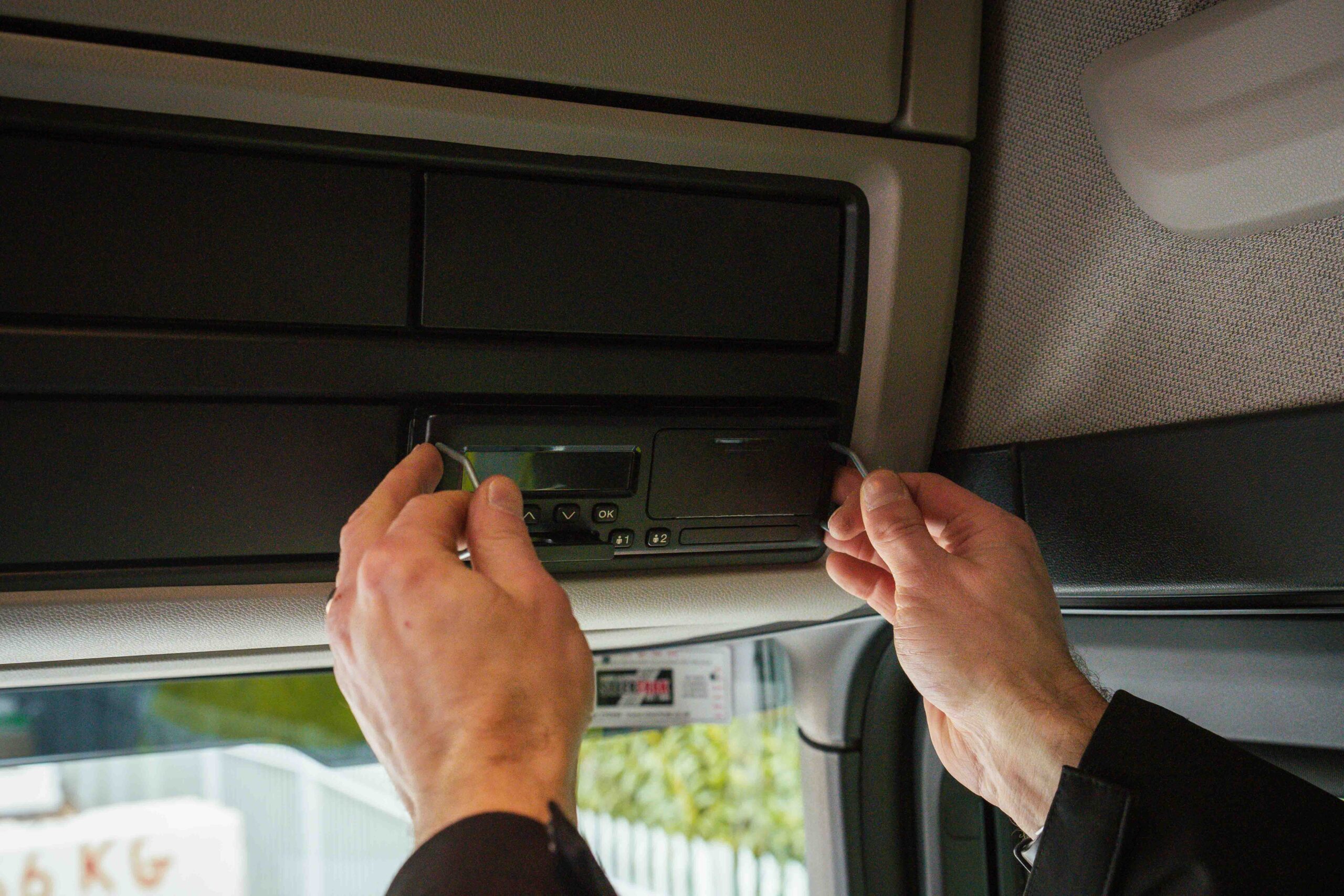Tips to Prevent Van Tool Theft
With Christmas fast approaching, the risk of tool theft looms as a substantial concern for businesses relying on vans to transport valuable tools and equipment. Beyond the financial losses it incurs, van tool theft can disrupt operations, inflict vehicular damage, and adversely impact customer service.
At Fleet Witness, we recognise the paramount importance of safeguarding your assets, especially during this festive season. In this blog post, we share invaluable tips to fortify your defences against van tool theft and secure your valuable equipment.
Ensuring Van Security
The initial step in warding off tool theft is to fortify your van’s security. Begin by investing in high-quality locks for all access points, encompassing doors and windows. For enhanced security, consider deadbolt locks, which furnish an additional layer of protection. Installing security film on windows can further deter break-ins. Augment your van’s security by fitting an alarm system or an immobiliser, which not only alerts you and those nearby to unauthorised access but also discourages potential thieves. Fleet Witness enhances this security layer by offering remote immobilisers as part of our telematics solutions, empowering you to remotely disable the van’s engine, rendering it impossible for thieves to abscond with your tools.
Strategic Parking Choices
Your choice of parking location can significantly influence the risk of tool theft. Whenever feasible, park your van in well-lit, busy areas with good visibility. Thieves are less inclined to target vehicles that are easily seen by passersby. Whenever possible, opt for parking spots near security cameras or within the view of surveilled buildings to heighten the deterrent effect. Consider utilising secure parking facilities designed specifically for vans and commercial vehicles. These facilities often boast added security measures, including gated entry, CCTV cameras, and on-site security personnel. While this may incur a cost, it can offer peace of mind and significantly diminish the threat of tool theft.
Implementing Security Marking and Tracking
Security marking and tracking systems serve as effective deterrents and facilitate the recovery of stolen tools. Engrave or mark your tools with a unique identifier, such as your business name or a serial number, simplifying identification and tracing of stolen tools upon recovery. Furthermore, contemplate implementing a tracking system, such as GPS-based van trackers provided by Fleet Witness. These trackers enable real-time monitoring of your van’s location, simplifying recovery in the event of theft. They also provide an additional layer of security by making potential thieves aware that the vehicle is being tracked. With Fleet Witness’s telematics solutions, rest assured knowing your fleet’s location and activity are under vigilant observation.
Fleet Witness Telematics
It’s well-established that telematics can enhance productivity, employee efficiency, and overall fleet operations while simultaneously reducing detention, idling, hazardous driver behaviour, fuel consumption, and vehicle maintenance costs. Fleet Witness offers a range of the latest telematics technology at highly cost-effective prices. With numerous compelling reasons to implement telematics for your vehicles, especially as Christmas approaches, it’s an opportune moment to consider upgrading your fleet.
Want To Learn More?
If you aspire to enhance your fleet operations, give us a call or drop us an email, and together we can explore how our solutions can transform your business. Don’t miss out on the opportunity to optimise your fleet’s performance and maximise your success.
Contact us now and unlock a new era of efficiency and profitability for your company.








